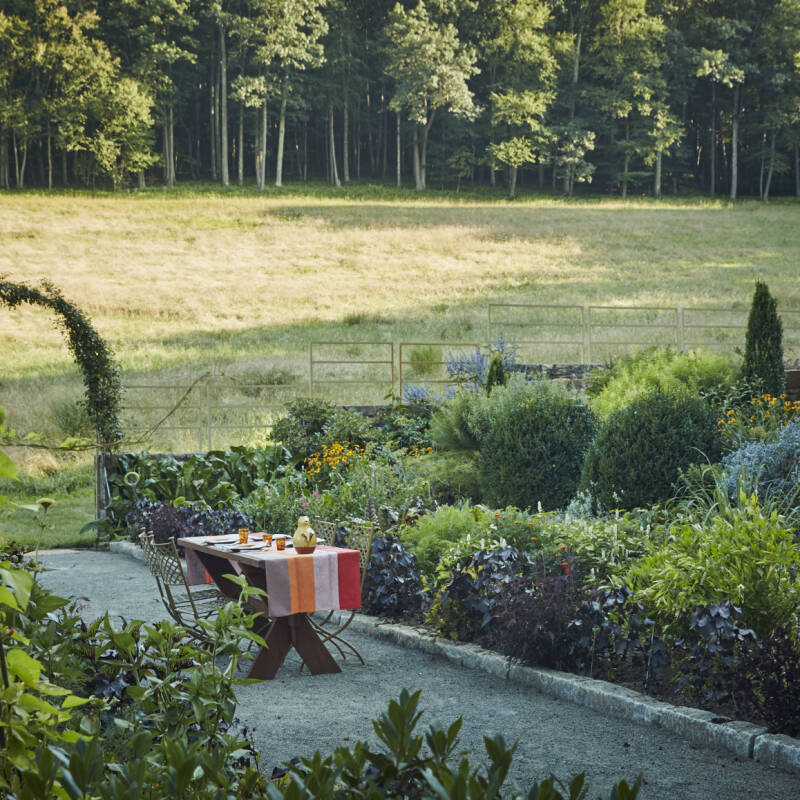Ubiquitous at this time of year, poinsettias are often dismissed as too common, or worse, too tacky. (The fact that their pots come swathed in garish foils doesn’t help.) I set out to see if I could reimagine this common Christmas plant–and turned it into a cut flower in an exotic holiday bouquet.
Read on for materials and step-by-step instructions:
Photography by Justine Hand for Gardenista.

Native to Mexico and Central America, poinsettia’s (Euphorbia pulcherrima) commonly come in red, pink and white. For my bouquet, I chose a white poinsettia plant from my local grocery store.
Materials
- White poinsettia plant
- Branches of berries or rose hips
- Evergreen boughs (I used leucothe)
- A footed vase or bowl
- Floral foam (available at most craft stores)
- Candle
- Sturdy scissors or shears



Step 1:

Cut your foam, if necessary, and place it in the bowl with water. Gently turn the foam over to make sure it’s completely saturated.
Then begin layering your longer pieces (rose hips and leucothe) on each side. First ,measure the specimen to determine the right length. Then give the stem a fresh diagonal cut, leaving about 1.5 inches excess to stick into the foam. Note that you don’t want too much stem in the foam as these will get in the way of the opposite branches and can cause the foam to break apart. Continue to add plants, alternating from one side to the other until your get the desired base.

Step 2:

After the poinsettia is cut, a milky sap will bleed from the stem and cause the flower to die quickly. To prolong the life of a cut poinsettia flower, it is necessary to sear the stem before you place it in water.


Step 3:




For more growing tips, see Poinsettias: A Field Guide to Planting, Care & Design. Explore more outside-the-box ways to arrange this common holiday flower:
- 10 Things Nobody Tells You About Poinsettias
- And then there’s always the poinsettia cocktail, served at during A Woodland Holiday Party
- Poinsettias: Rethinking a Christmas Cliché
N.B.: This post is an update; it was first published December 2015.








Have a Question or Comment About This Post?
Join the conversation